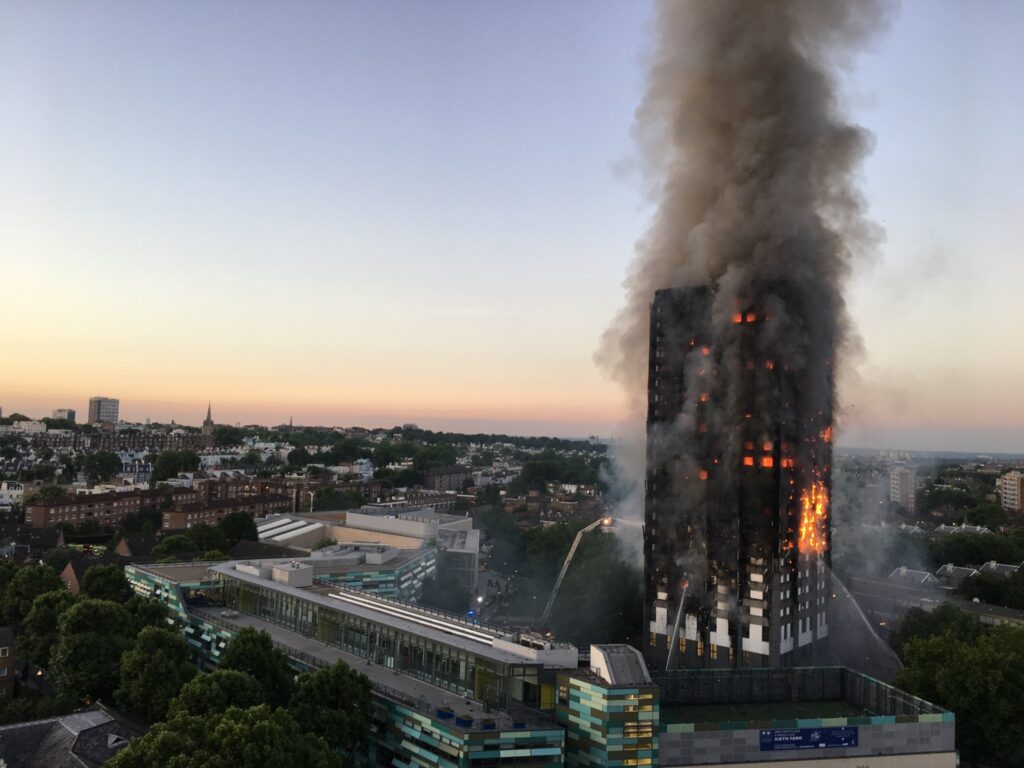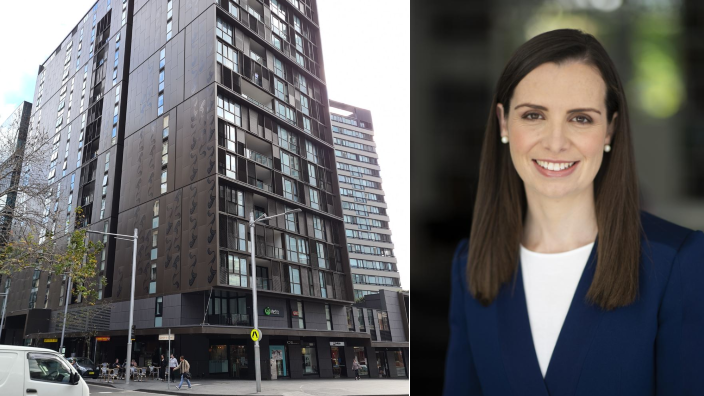Apartment owners will have to wait until late this year before work starts on removing combustible cladding from the first of 214 high-rise residential buildings in Sydney and other parts of NSW, the Sydney Morning Herald reports.
A NSW product safety panel has provided an initial list of recommended replacement products for the buildings to be fixed under the government’s remediation program, including solid aluminium panels and non-combustible cement render.
But Better Regulation Minister, Kevin Anderson, said every component recommended in the initial list had to meet the highest fire-safety standard. This remediation, he believes, could be done safely “over the next three years.”

“In July, the technical detail and design will be done and we’ll be looking to start our first building by the end of the year,” Mr Anderson told the Sydney Morning Herald.
“Quite often owners corporations don’t have the technical capability or the expertise to be able to do that job. So we are providing a service under Project Remediate where they’ll manage that.”
This timeline by the state government for replacing dangerous cladding from the apartment buildings deemed at high risk – most in Sydney – has been criticised by Labor and the Greens, who accuse it of acting too slowly.
It comes four years since the Grenfell tower disaster in London that killed 72 people.

“Home owners need certainty. They need to know they are replacing this dangerous, flammable cladding once: that it won’t be outlawed again tomorrow. That’s why replacement cladding must be tested according to best, international practice,” Labor’s Courtney Houssos MLC says.
“There are still 214 high rise buildings with this dangerous, flammable cladding. All Kevin Anderson can say is that he hopes to start removing it by the end of the year. This is just a wasted four years by the NSW Liberals and Nationals, continuing to put homeowners at risk.”
But Mr Anderson said the remediation program was a “very big job”, and the government wanted to ensure the replacement of high-risk cladding was done right the first time.
“We have heard very clearly from consumers that they want it done right and they want it done the first time. They don’t want to come back in a few years’ time,” he said.
Source: Sydney Morning Herald.
